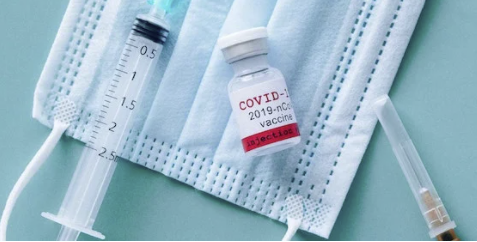Antibodies to SARS-CoV-2, the virus that causes COVID-19, were present in the blood of 96.4% of Americans over the age of 16 by September 2022. That’s according to a serosurvey – an analysis testing for the presence of these immune defense molecules – conducted on samples from blood donors.
A serosurvey like this one helps researchers estimate how many people have been exposed to any part of the coronavirus, whether via vaccination or infection. Both can trigger the generation of antibodies to SARS-CoV-2. And by identifying which kind of antibodies someone has in their blood, researchers can break down the 96.4% into different types of immunity: infection-derived, vaccine-derived and hybrid.
COVID-19 vaccines used in the United States are based on only one part of the virus – the spike, or S, protein. Researchers can tell that a person has been vaccinated and has not been infected if their blood has only anti-S antibodies that target that spike protein. If someone has anti-N antibodies, which target the virus’s nucleocapsid protein, it’s a sign that they’ve been infected by SARS-CoV-2. To reliably identify someone with hybrid immunity, a researcher would need to match someone who has anti-N antibodies to an official vaccination database.
[…]
Antibodies are not just a marker of previous infection; part of their job is to help prevent future infection with the same pathogen. So, serosurveys can be used to understand levels of immunity in the population.
For some diseases, like measles, immunity is essentially lifelong, and having antibodies means you are protected. However, for SARS-CoV-2 this is not the case, because the virus has continually evolved new variants that are able to reinfect people despite their antibodies.
Nevertheless, many studies have shown that individuals with hybrid immunity will be more protected against future infection and variants than those with vaccine- or infection-derived immunity alone. It may be useful to know the proportion of the population with single-source immunity in order to target certain groups with vaccination campaigns.
About half of the people who have some COVID antibodies in their blood had it from both sources, the vaccine and a prior infection. Slightly more of the remainder had been vaccinated but not infected than those that had been infected but not vaccinated. I don’t have a point to make here, I just thought this was worth sharing. And for those of you wondering when it might be time to get your next booster, Your Local Epidemiologist has some news for you.

